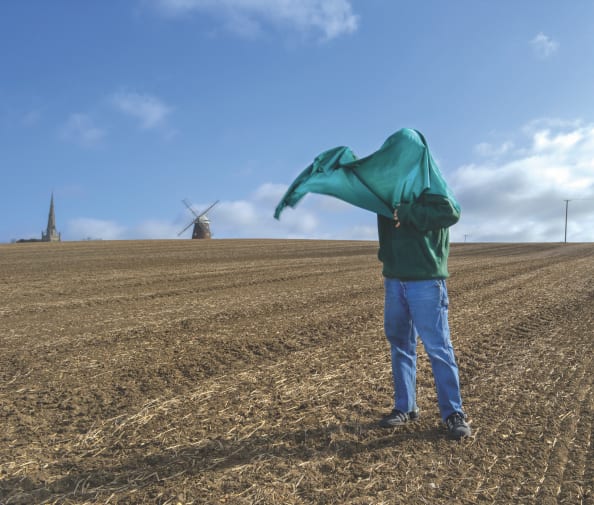UAL Awarding Body
-
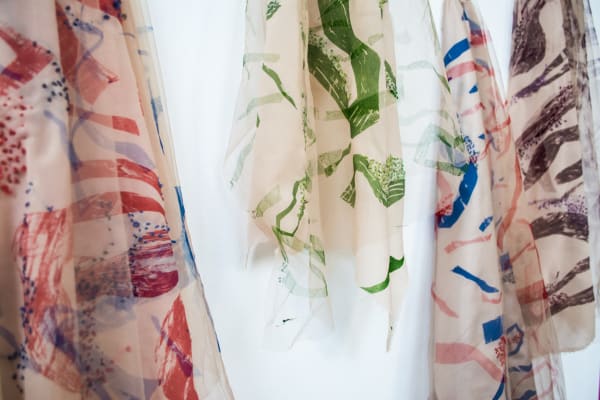
Artwork by Alison Christina Hearld, Leeds Arts University
Qualifications
Explore the wide range of UAL Awarding Body creative qualifications.
-
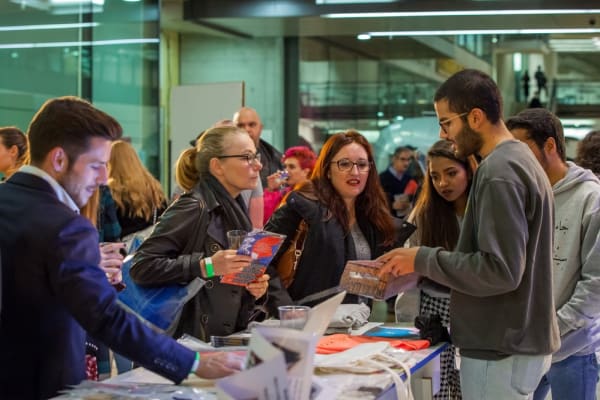
Final Show Festival, Culture and Enterprise Programme, Copyright University of the Arts London.
Training and events
Explore UAL Awarding Body training and events on offer and register your attendance.
-

'A Stitch Across Time' by Sarah Choudhary, Central Saint Martins
Resources
Browse our key documents and useful information designed to support the delivery of our qualifications.
-
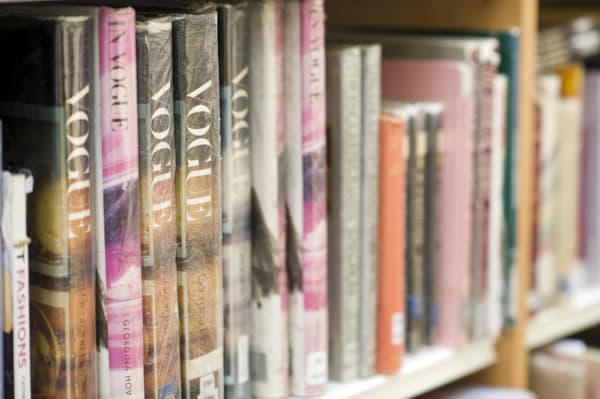
Copyright University of Arts London
Policies and procedures
Read about UAL Awarding Body's policies for complaints, reasonable adjustments and special considerations.
News and updates
-

UAL Awarding Body's Statement on the use of AI
Artificial Intelligence (AI) is an umbrella term for a range of technologies and approaches that can perform tasks and functions which traditionally require human thinking. AI technologies, and in particular Generative AI (GenAI) are fast becoming
-
Charlie Levine at Origins Creatives 2023 | Credit: Ana Blumenkron Origins Creatives 2024: Meet the Curator
Before we open the submissions for the Origins Creatives 2024 exhibition, we have spoken to this year's curator, Charlie Levine, about why she decided to return to this event, her own creative background and what she is looking for when selecting
-

Delegates at the Teach Inspire Create Conference 2024 taking part in an artistic workshop. Photo by Vibes Art LTD. A Q&A with HANA School of Arts in Seoul
Following our Teach Inspire Create Conference in November, we spoke to HANA School of Arts attendees, Yena Oh, Academic Director, and Jisu Kwon, Fashion and Textiles Tutor, about why they travelled all the way from South Korea to attend, their
-
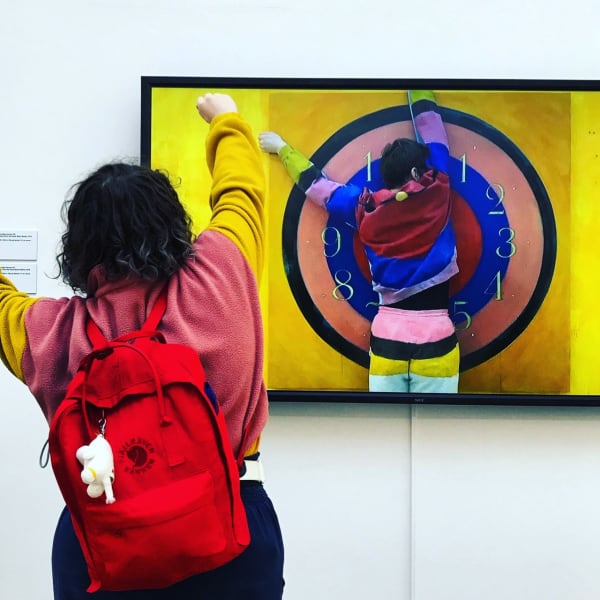
Student from the Hereford College of Arts in gallery mimicking a piece of artwork, copyright: UAL Awarding Body A Q&A with Hereford College of Arts: an Ofsted Outstanding college
Following a full and enhanced Ofsted inspection in October, Hereford College of Arts has been judged Outstanding by Ofsted in all seven categories! We spoke to their Vice Principal of Further Education and External Moderator for UAL, Xaviere Hughes

